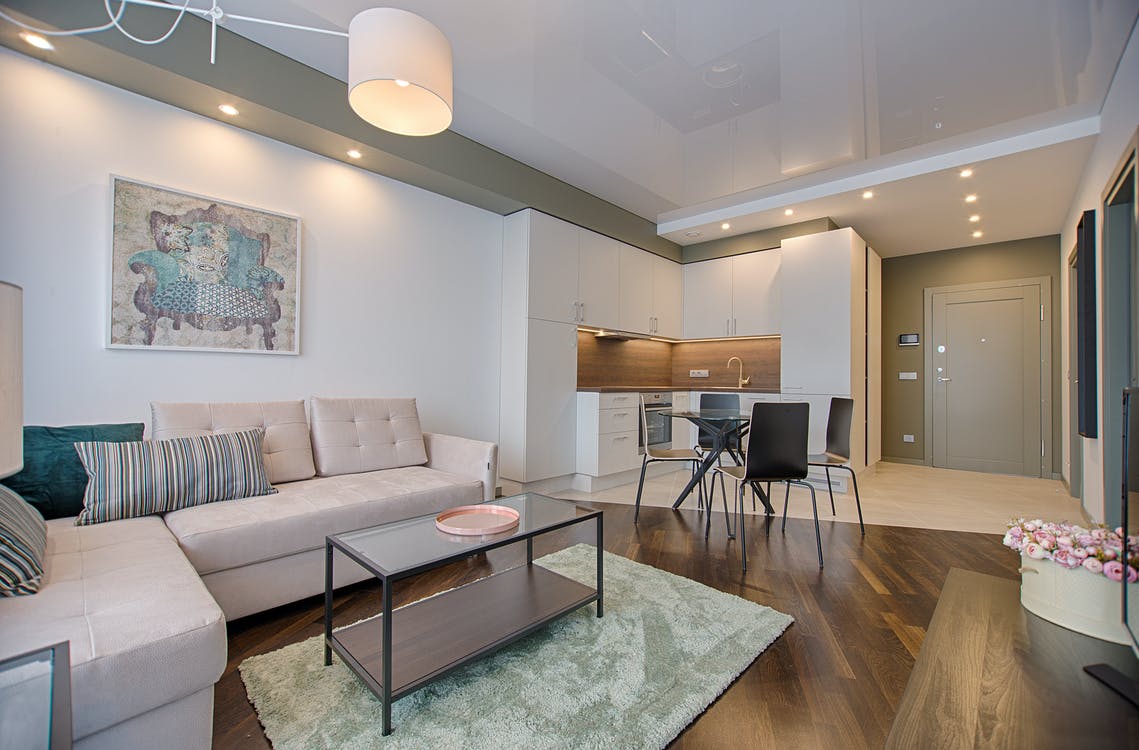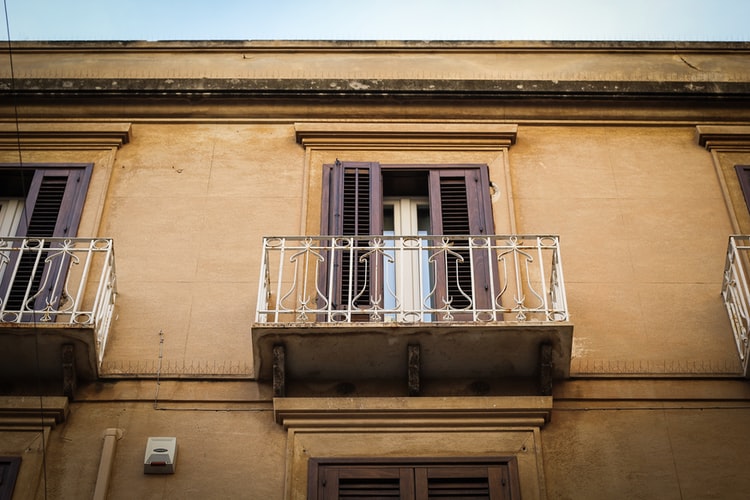A skylight is designed to provide your home with daylighting and ventilation. Windows are something which most of us see every day. If you take the window and move it up to the roof and tilt it a little bit, you will get a skylight. Adding a skylight in the house will increase the brightness of the room with the sunlight making your area more spacious and attractive. These skylights can also be used as natural ventilation during the summertime. However, irrespective of where you choose to install them, skylights can be of huge help in improving energy efficiency and illuminating the low-light areas. The extra lighting can also drop down the cost of the lighting and the amount of heat emitted by the skylights can have a lasting impact on your energy bills. Skylights also enhance the convenience of the internal spaces which will otherwise be dependent on artificial lighting. There are a few things to take into consideration when buying a skylight and we have them ready for you.
Selection:
It is important to understand the performance rating of the skylights so that you can select your skylight based on the design of your home and the local climate. There are certain agencies which established the energy performances of the skylights based on the climate and other criteria. Look for those ratings when you go to purchase a skylight. However, these criteria do factor in the design of the home. So, if you are thinking of getting a new home or remodeling your house, include your skylight design as a part of the house design. If you want to use the daylighting to the maximum, consider having your skylight to the north so that the light is constant and the illumination remains cool. The east facing rooms offer maximum light and heat gain in the morning whereas the west facing skylights have heat gain in the afternoon. You can also avoid the unwanted heat gain by installing the sunlight in the shadow of trees outside your skylight.
Glazing:
The glazing used in skylights is either plastic or glass. Other glazing technologies are also used for heat control and other uses. The glazing is totally dependent on the performance you expect from a skylight. Plastic glazing is usually cheaper when compared to the other types of glazing. However, plastic surfaces can be prone to scratches and they tend to become brittle and discolored over a period of time. Acrylics and polycarbonates are commonly used in plastic glazing. The most expensive skylights used are glazed with glass. The glass used for skylights must follow safety glazing technique which generally means tempered or laminated glass.
Shapes:
Skylights comes in a wide variety of shapes and sizes. The most commonly used shapes are rectangular, circular, oval, triangular, and diamond. Any shape other than rectangular unit’s use plastic glazing and the higher quality skylights uses glass. The shapes like pyramidal, arched, and dome provide with flexibility for positioning and the design can enter through the most extreme angles than any other shape. The slope or the curvature of the glazing can help in shedding the moisture and the leaves.
Installation:
Even the most energy-efficient skylight has to be installed in a perfect way to make sure that the maximum efficiency is reached. And the performance criteria are met. Hence, it would be ideal to get the skylight installed by a professional. The slope or the tilt of the skylight has a great effect on the solar heat gain. A lower slope will have more heat in the summer and less in the winter. Water leaks are also a common problem when the skylights are installed improperly. In order to avoid water leaks, mount the skylight above the roof surface or get the joints thoroughly sealed by the professionals.





